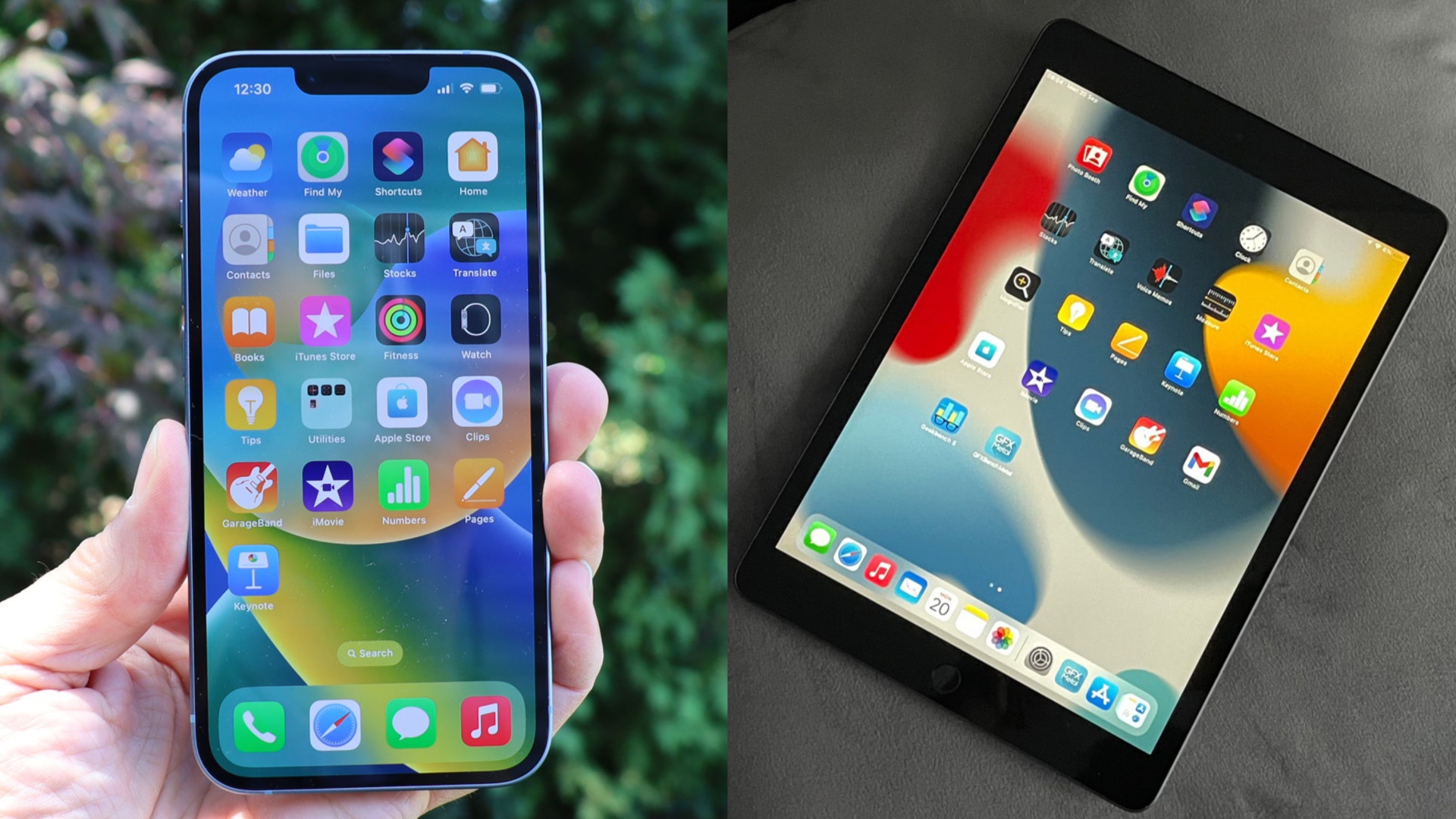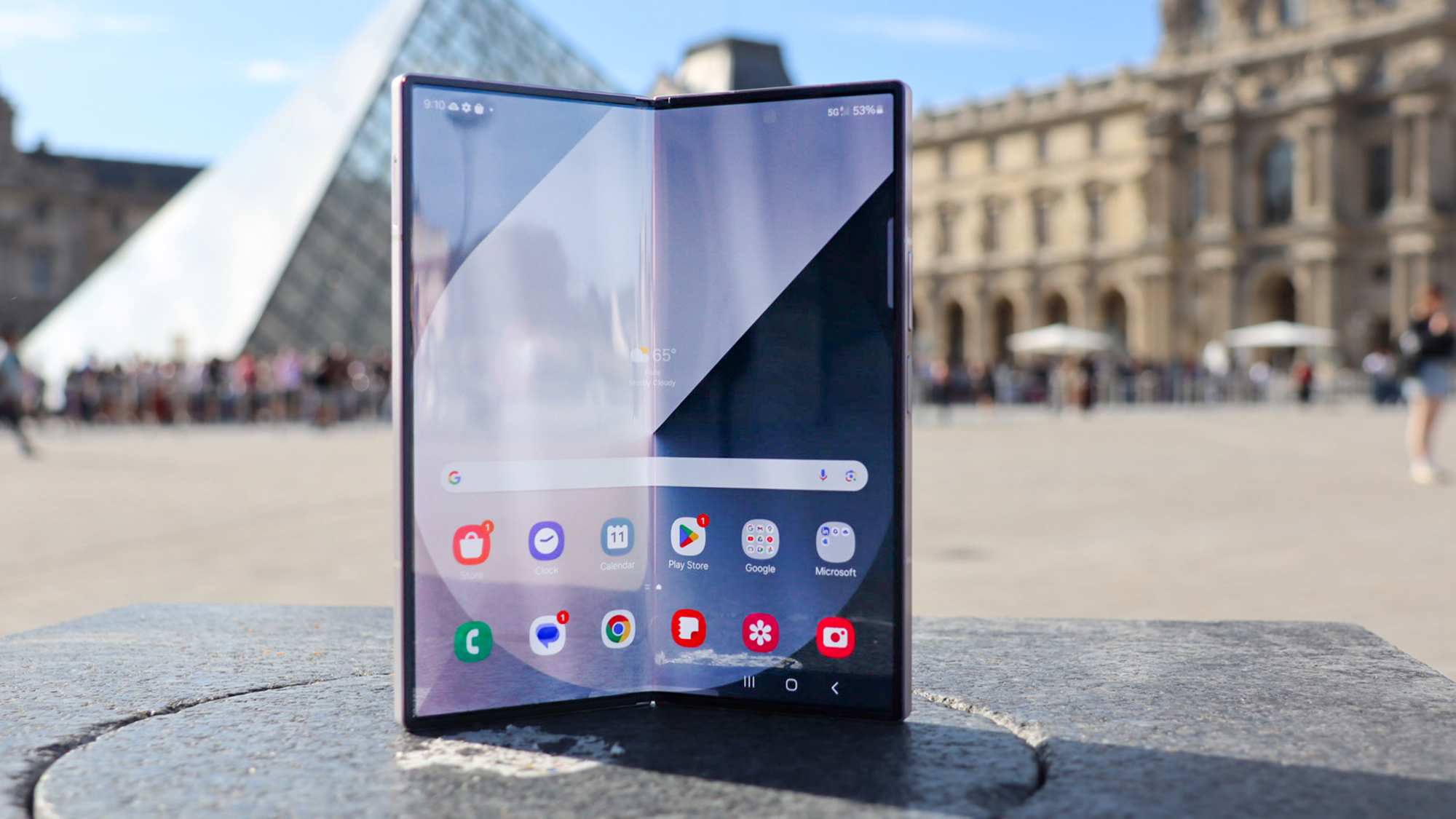venturebeat.com
Join our daily and weekly newsletters for the latest updates and exclusive content on industry-leading AI coverage. Learn MoreThe release of Gemini 2.5 Pro on Tuesday didnt exactly dominate the news cycle. It landed the same week OpenAIs image-generation update lit up social media with Studio Ghibli-inspired avatars and jaw-dropping instant renders. But while the buzz went to OpenAI, Google may have quietly dropped the most enterprise-ready reasoning model to date.Gemini 2.5 Pro marks a significant leap forward for Google in the foundational model race not just in benchmarks, but in usability. Based on early experiments, benchmark data, and hands-on developer reactions, its a model worth serious attention from enterprise technical decision-makers, particularly those whove historically defaulted to OpenAI or Claude for production-grade reasoning.Here are four major takeaways for enterprise teams evaluating Gemini 2.5 Pro.1. Transparent, structured reasoning a new bar for chain-of-thought clarityWhat sets Gemini 2.5 Pro apart isnt just its intelligence its how clearly that intelligence shows its work. Googles step-by-step training approach results in a structured chain of thought (CoT) that doesnt feel like rambling or guesswork, like what weve seen from models like DeepSeek. And these CoTs arent truncated into shallow summaries like what you see in OpenAIs models. The new Gemini model presents ideas in numbered steps, with sub-bullets and internal logic thats remarkably coherent and transparent.In practical terms, this is a breakthrough for trust and steerability. Enterprise users evaluating output for critical tasks like reviewing policy implications, coding logic, or summarizing complex research can now see how the model arrived at an answer. That means they can validate, correct, or redirect it with more confidence. Its a major evolution from the black box feel that still plagues many LLM outputs.For a deeper walkthrough of how this works in action, check out the video breakdown where we test Gemini 2.5 Pro live. One example we discuss: When asked about the limitations of large language models, Gemini 2.5 Pro showed remarkable awareness. It recited common weaknesses, and categorized them into areas like physical intuition, novel concept synthesis, long-range planning, and ethical nuances, providing a framework that helps users understand what the model knows and how its approaching the problem.Enterprise technical teams can leverage this capability to:Debug complex reasoning chains in critical applicationsBetter understand model limitations in specific domainsProvide more transparent AI-assisted decision-making to stakeholdersImprove their own critical thinking by studying the models approachOne limitation worth noting: While this structured reasoning is available in the Gemini app and Google AI Studio, its not yet accessible via the API a shortcoming for developers looking to integrate this capability into enterprise applications.2. A real contender for state-of-the-art not just on paperThe model is currently sitting at the top of the Chatbot Arena leaderboard by a notable margin 35 Elo points ahead of the next-best model which notably is the OpenAI 4o update that dropped the day after Gemini 2.5 Pro dropped. And while benchmark supremacy is often a fleeting crown (as new models drop weekly), Gemini 2.5 Pro feels genuinely different.Top of the LM Arena Leaderboard, at time of publishing.It excels in tasks that reward deep reasoning: coding, nuanced problem-solving, synthesis across documents, even abstract planning. In internal testing, its performed especially well on previously hard-to-crack benchmarks like the Humanitys Last Exam, a favorite for exposing LLM weaknesses in abstract and nuanced domains. (You can see Googles announcement here, along with all of the benchmark information.)Enterprise teams might not care which model wins which academic leaderboard. But theyll care that this one can think and show you how its thinking. The vibe test matters, and for once, its Googles turn to feel like theyve passed it.As respected AI engineer Nathan Lambert noted, Google has the best models again, as they should have started this whole AI bloom. The strategic error has been righted. Enterprise users should view this not just as Google catching up to competitors, but potentially leapfrogging them in capabilities that matter for business applications.3. Finally: Googles coding game is strongHistorically, Google has lagged behind OpenAI and Anthropic when it comes to developer-focused coding assistance. Gemini 2.5 Pro changes that in a big way.In hands-on tests, its shown strong one-shot capability on coding challenges, including building a working Tetris game that ran on first try when exported to Replit no debugging needed. Even more notable: it reasoned through the code structure with clarity, labeling variables and steps thoughtfully, and laying out its approach before writing a single line of code.The model rivals Anthropics Claude 3.7 Sonnet, which has been considered the leader in code generation, and a major reason for Anthropics success in the enterprise. But Gemini 2.5 offers a critical advantage: a massive 1-million token context window. Claude 3.7 Sonnet is only now getting around to offering 500,000 tokens.This massive context window opens new possibilities for reasoning across entire codebases, reading documentation inline, and working across multiple interdependent files. Software engineer Simon Willisons experience illustrates this advantage. When using Gemini 2.5 Pro to implement a new feature across his codebase, the model identified necessary changes across 18 different files and completed the entire project in approximately 45 minutes averaging less than three minutes per modified file. For enterprises experimenting with agent frameworks or AI-assisted development environments, this is a serious tool.4. Multimodal integration with agent-like behaviorWhile some models like OpenAIs latest 4o may show more dazzle with flashy image generation, Gemini 2.5 Pro feels like it is quietly redefining what grounded, multimodal reasoning looks like.In one example, Ben Dicksons hands-on testing for VentureBeat demonstrated the models ability to extract key information from a technical article about search algorithms and create a corresponding SVG flowchart then later improve that flowchart when shown a rendered version with visual errors. This level of multimodal reasoning enables new workflows that werent previously possible with text-only models.In another example, developer Sam Witteveen uploaded a simple screenshot of a Las Vegas map and asked what Google events were happening nearby on April 9 (see minute 16:35 of this video). The model identified the location, inferred the users intent, searched online (with grounding enabled), and returned accurate details about Google Cloud Next including dates, location, and citations. All without a custom agent framework, just the core model and integrated search.The model actually reasons over this multimodal input, beyond just looking at it. And it hints at what enterprise workflows could look like in six months: uploading documents, diagrams, dashboards and having the model do meaningful synthesis, planning, or action based on the content.Bonus: Its just usefulWhile not a separate takeaway, its worth noting: This is the first Gemini release thats pulled Google out of the LLM backwater for many of us. Prior versions never quite made it into daily use, as models like OpenAI or Claude set the agenda. Gemini 2.5 Pro feels different. The reasoning quality, long-context utility, and practical UX touches like Replit export and Studio access make it a model thats hard to ignore.Still, its early days. The model isnt yet in Google Clouds Vertex AI, though Google has said thats coming soon. Some latency questions remain, especially with the deeper reasoning process (with so many thought tokens being processed, what does that mean for the time to first token?), and prices havent been disclosed.Another caveat from my observations about its writing ability: OpenAI and Claude still feel like they have an edge on producing nicely readable prose. Gemini. 2.5 feels very structured, and lacks a little of the conversational smoothness that the others offer. This is something Ive noticed OpenAI in particular spending a lot of focus on lately.But for enterprises balancing performance, transparency, and scale, Gemini 2.5 Pro may have just made Google a serious contender again.As Zoom CTO Xuedong Huang put it in conversation with me yesterday: Google remains firmly in the mix when it comes to LLMs in production. Gemini 2.5 Pro just gave us a reason to believe that might be more true tomorrow than it was yesterday.Watch the full video of the enterprise ramifications here:Daily insights on business use cases with VB DailyIf you want to impress your boss, VB Daily has you covered. We give you the inside scoop on what companies are doing with generative AI, from regulatory shifts to practical deployments, so you can share insights for maximum ROI.Read our Privacy PolicyThanks for subscribing. Check out more VB newsletters here.An error occured.












